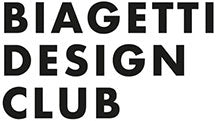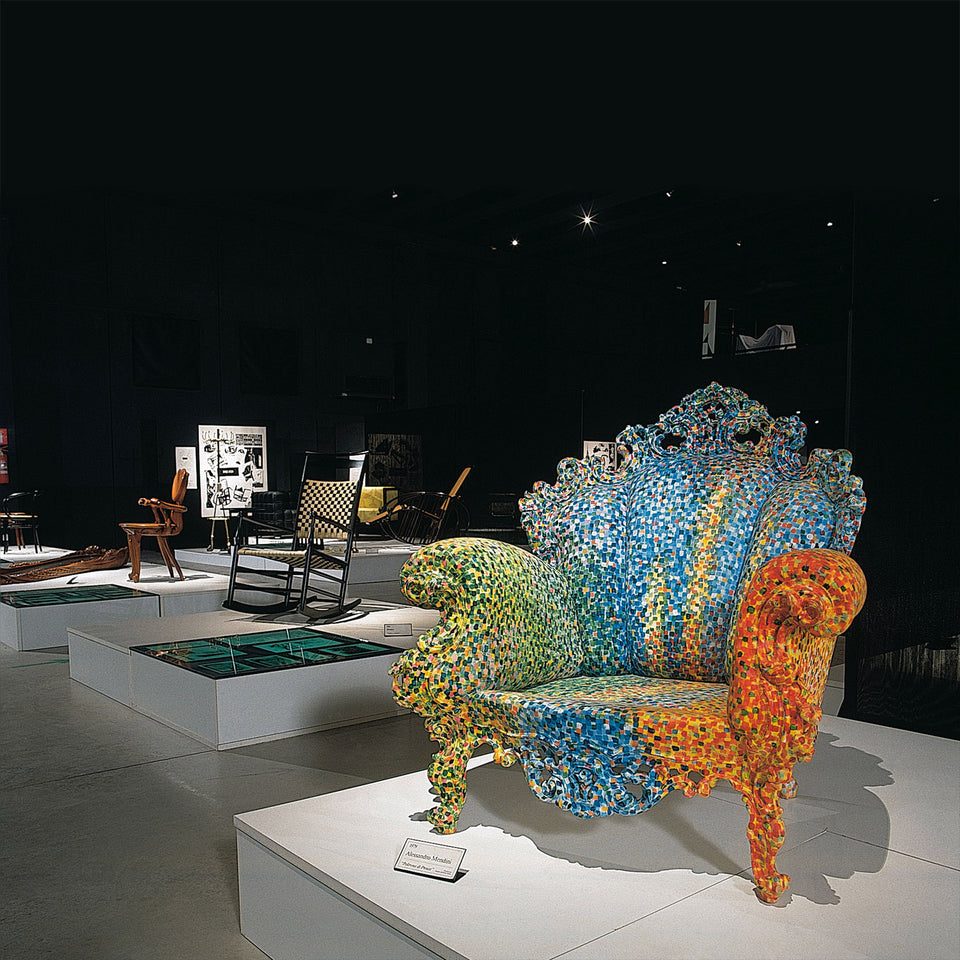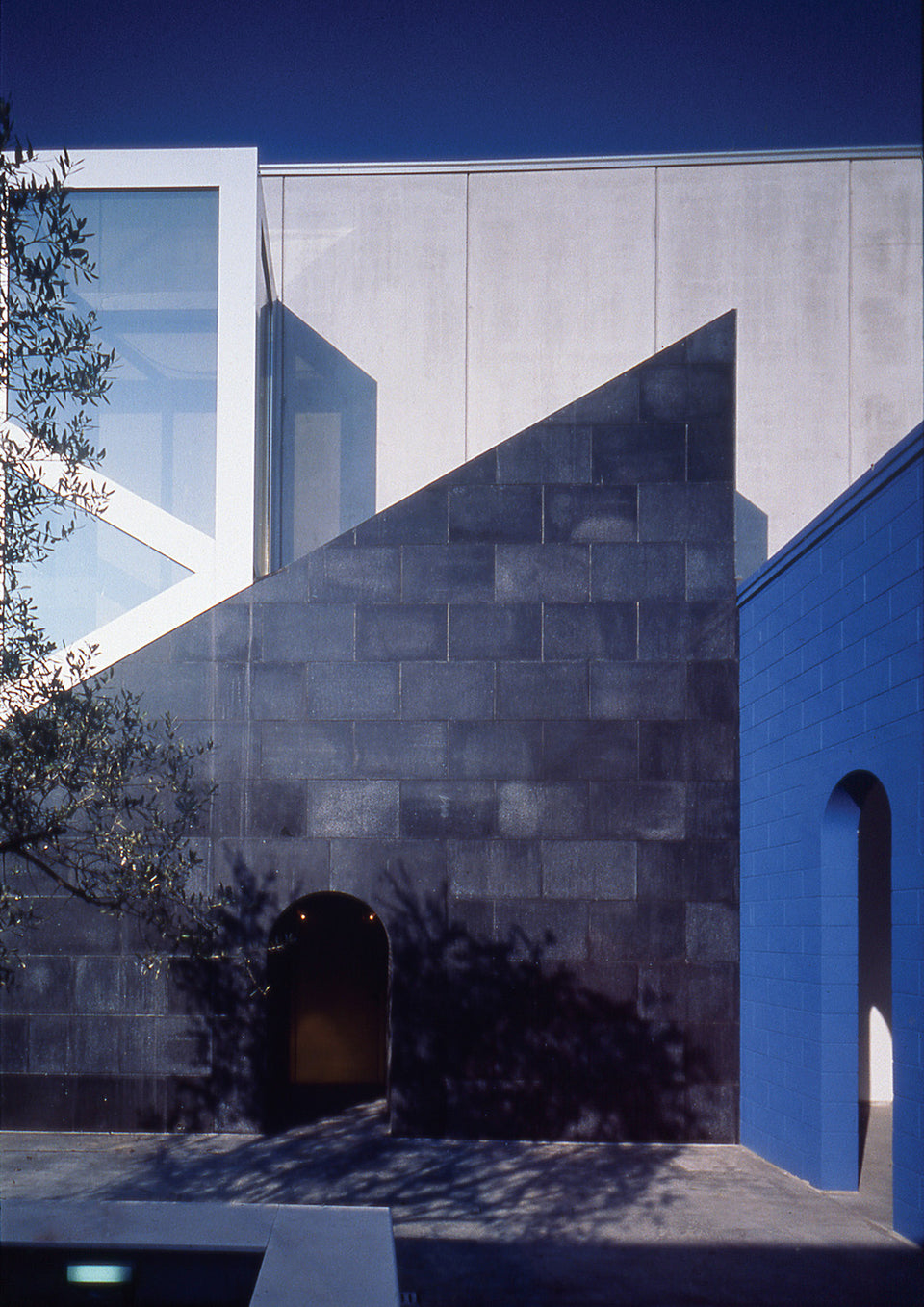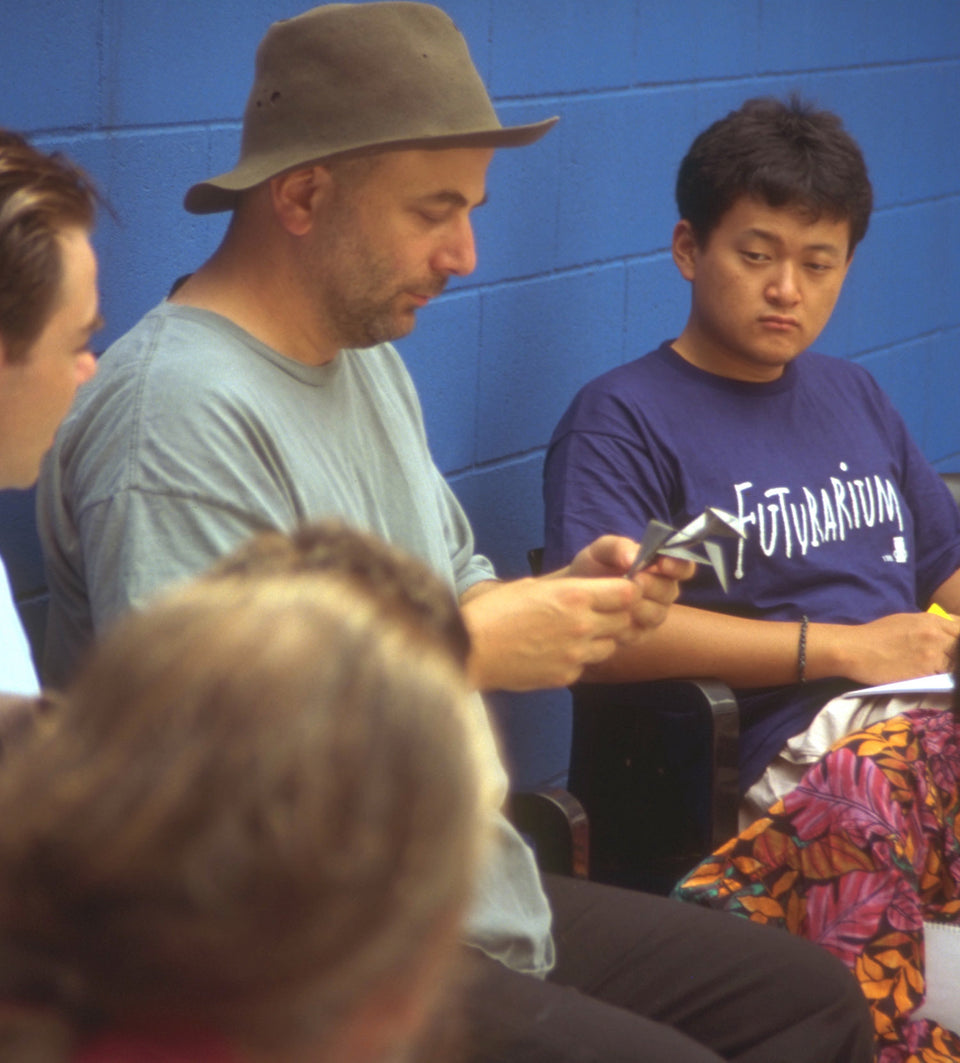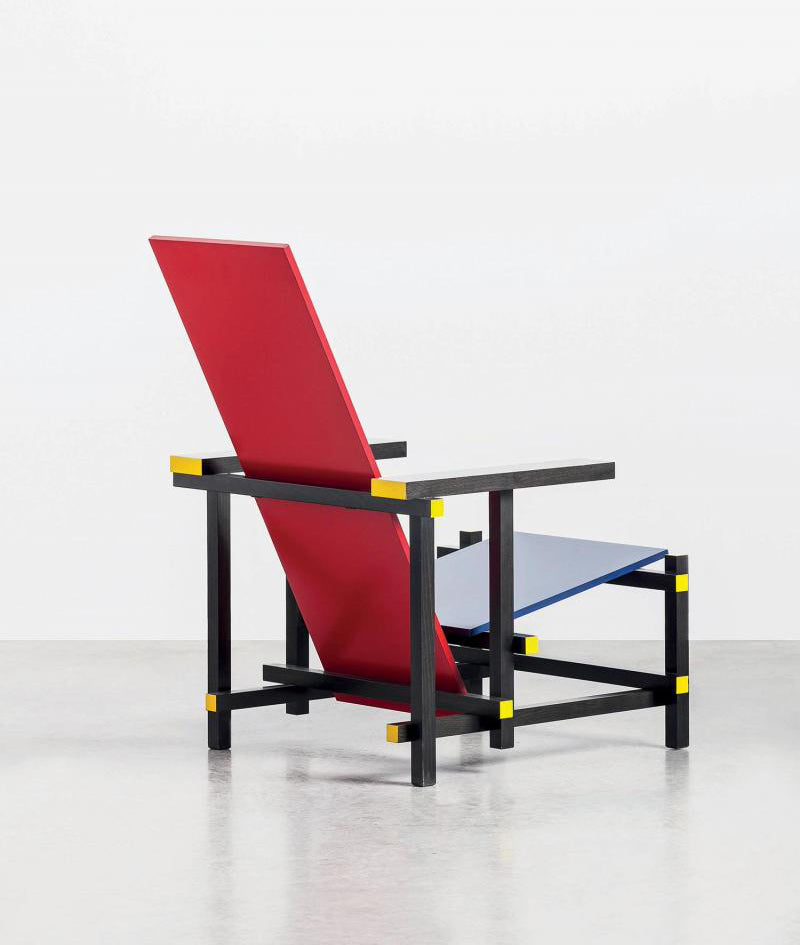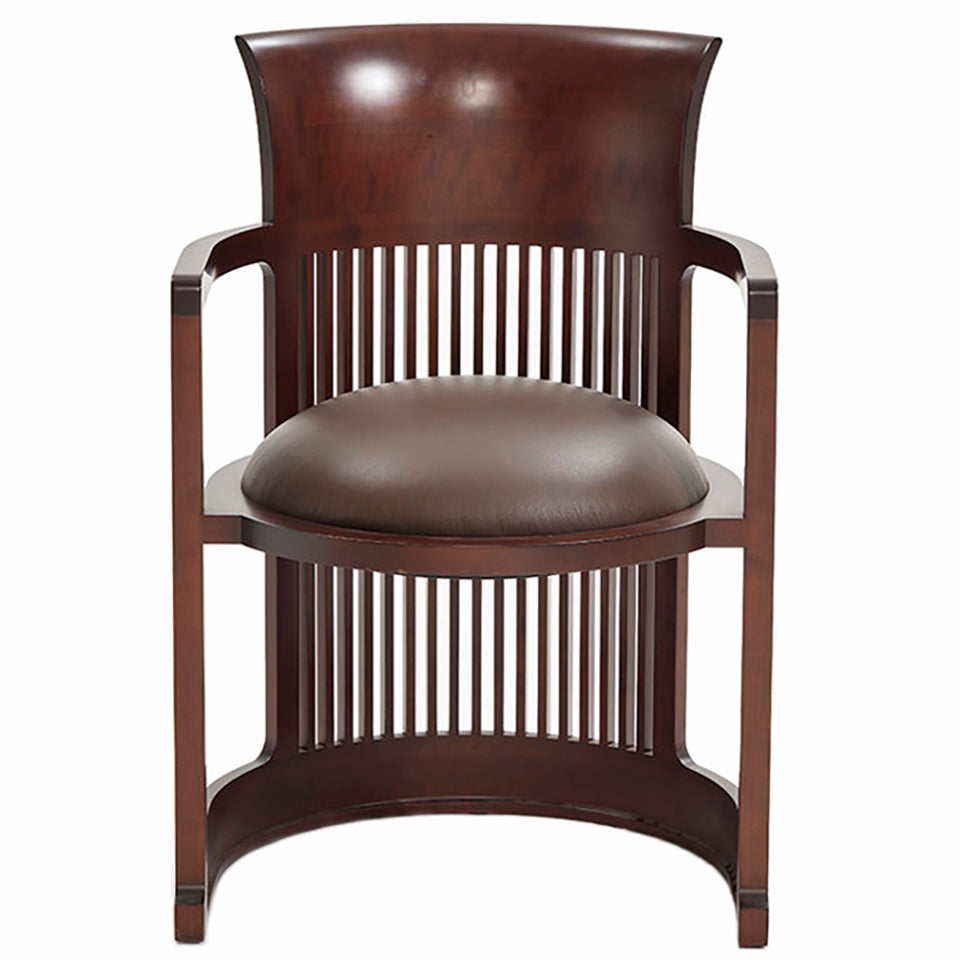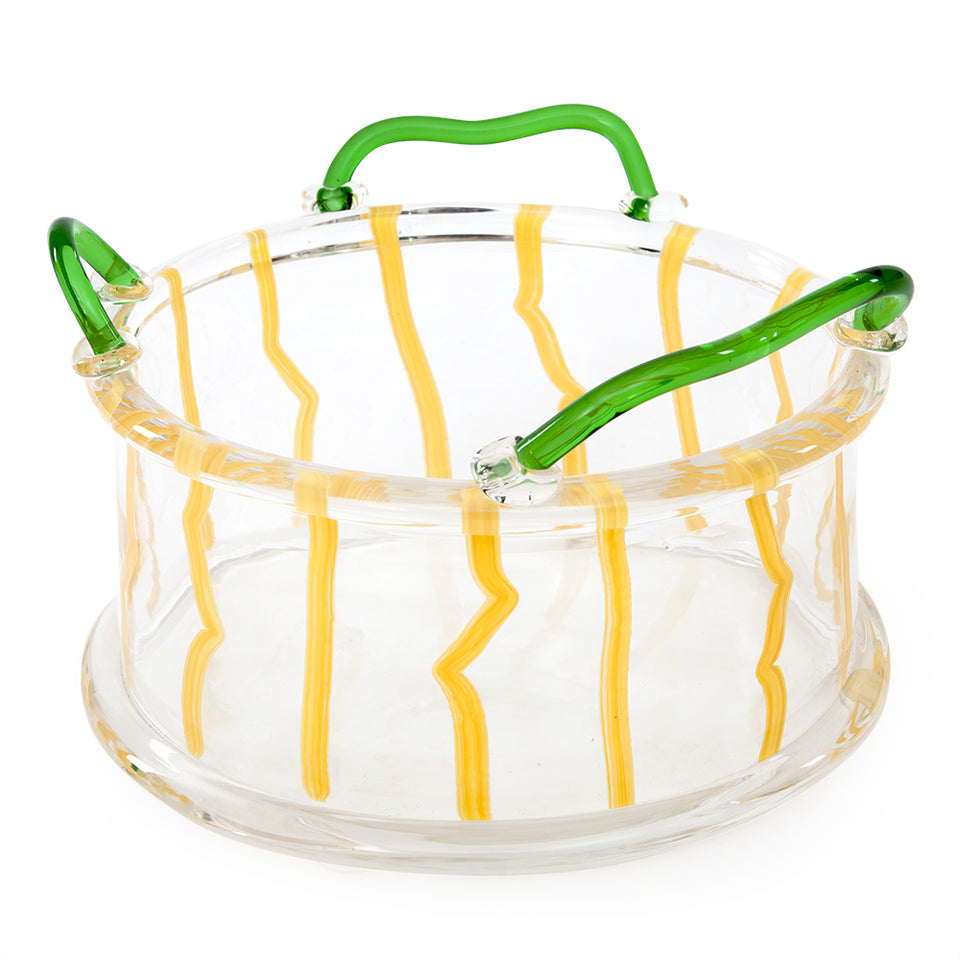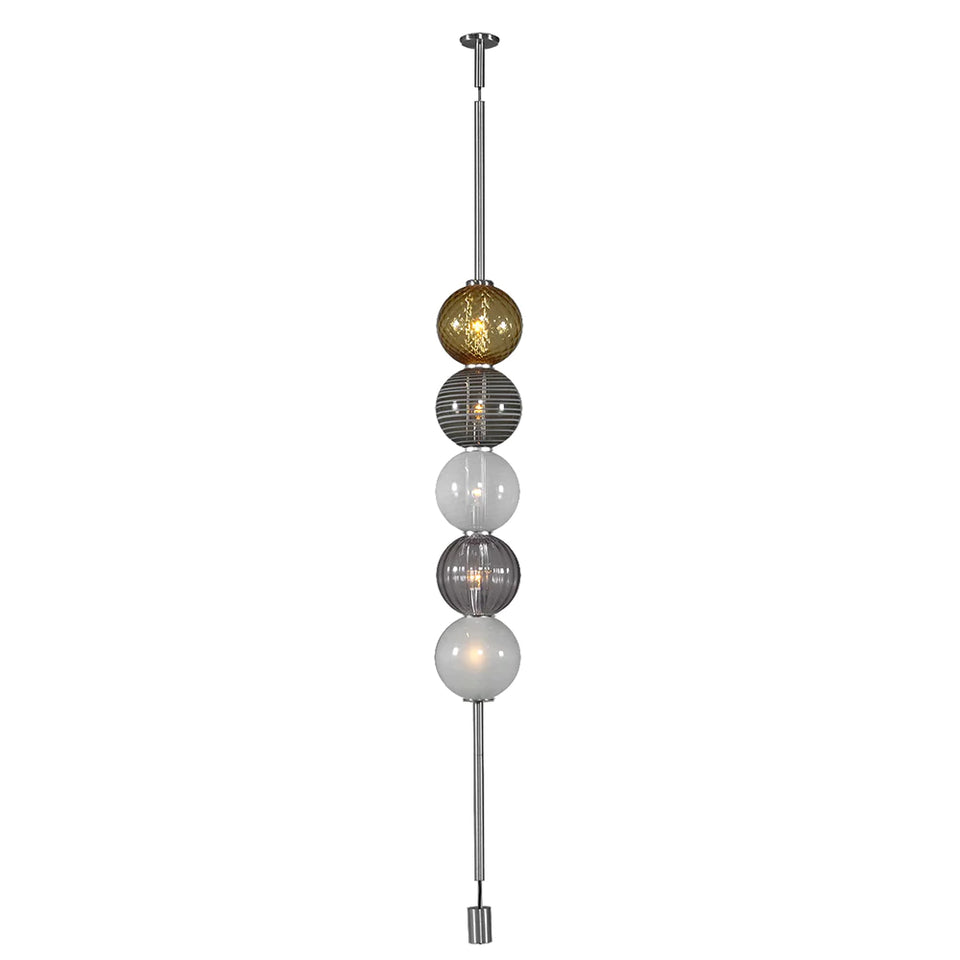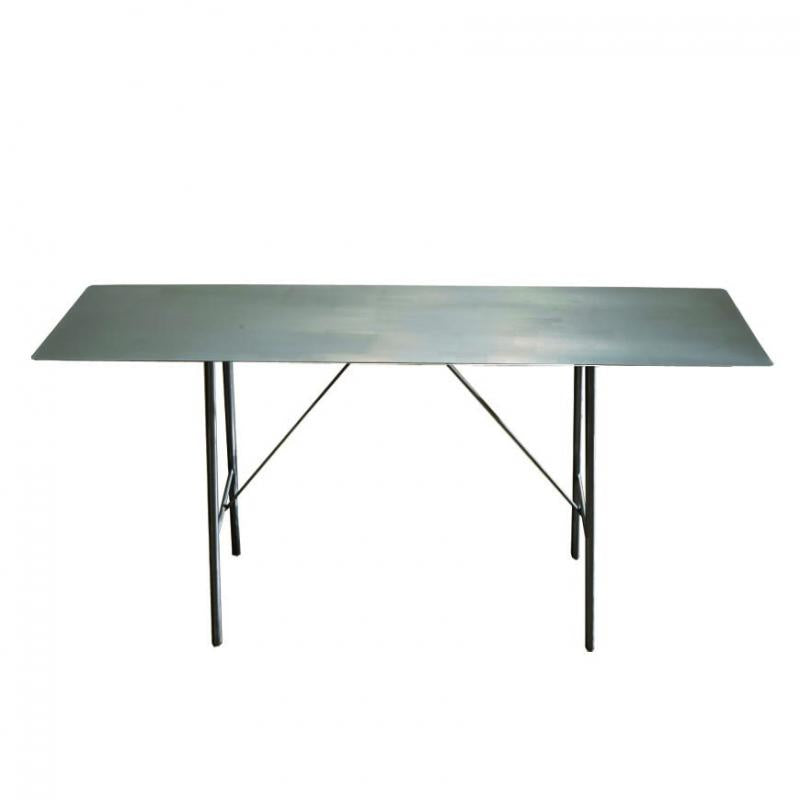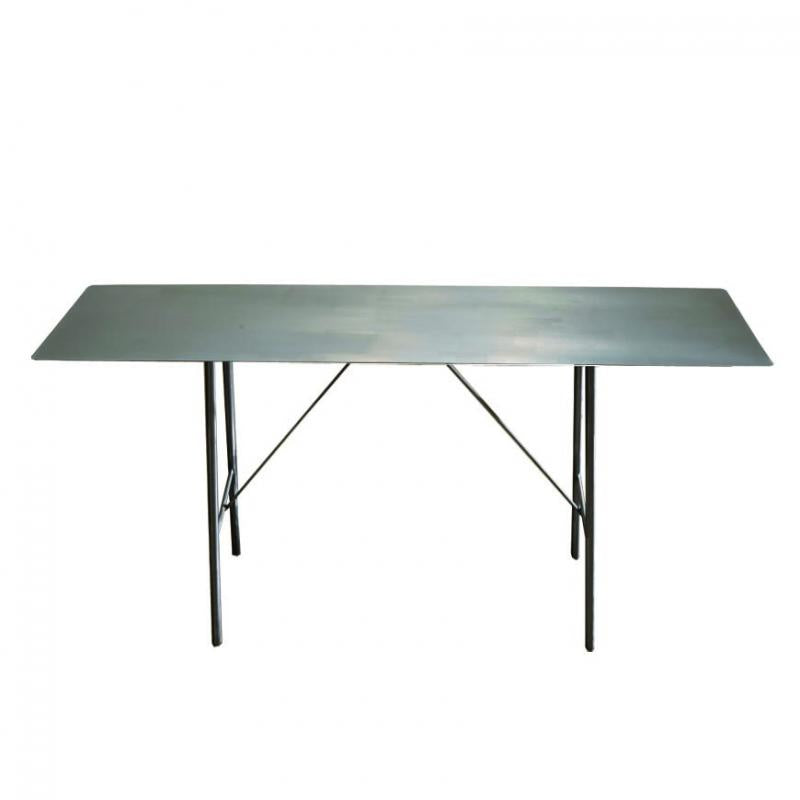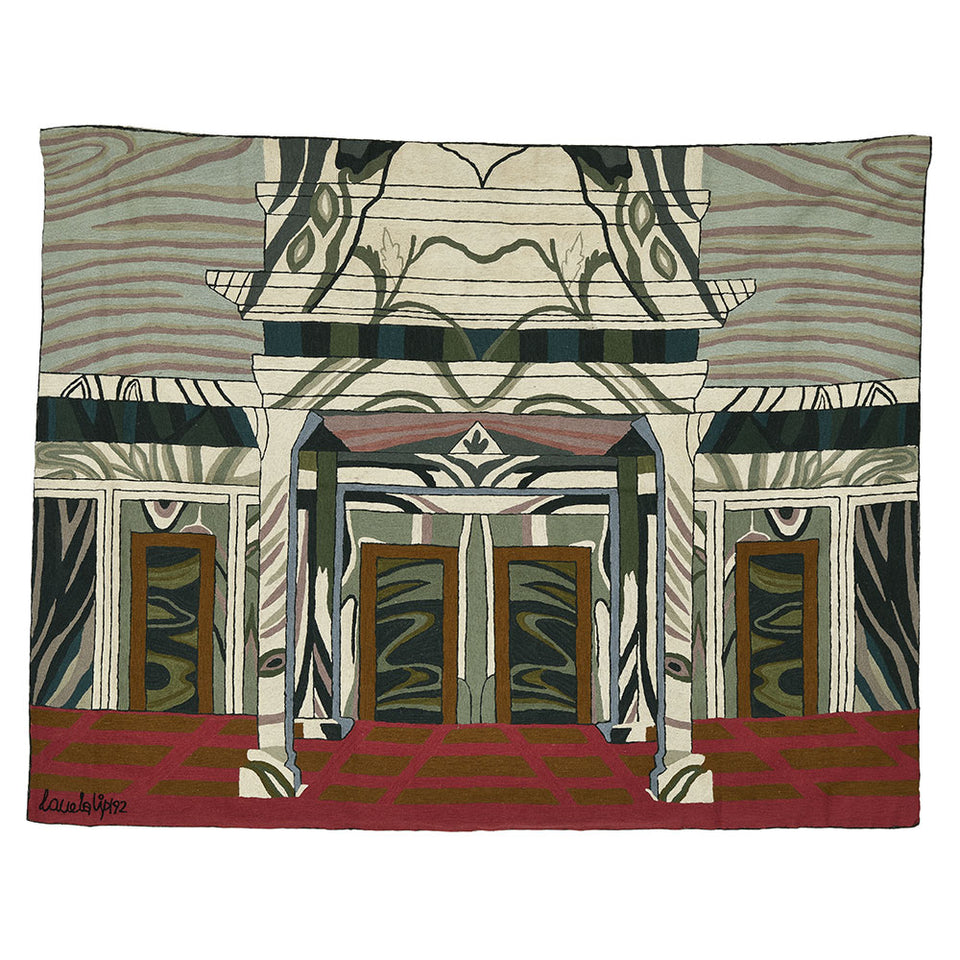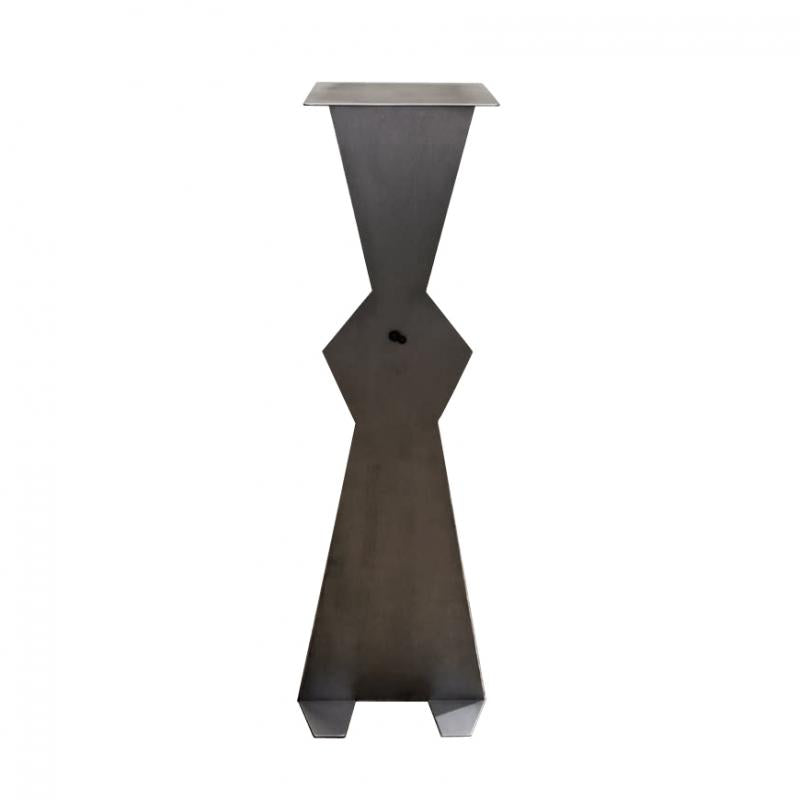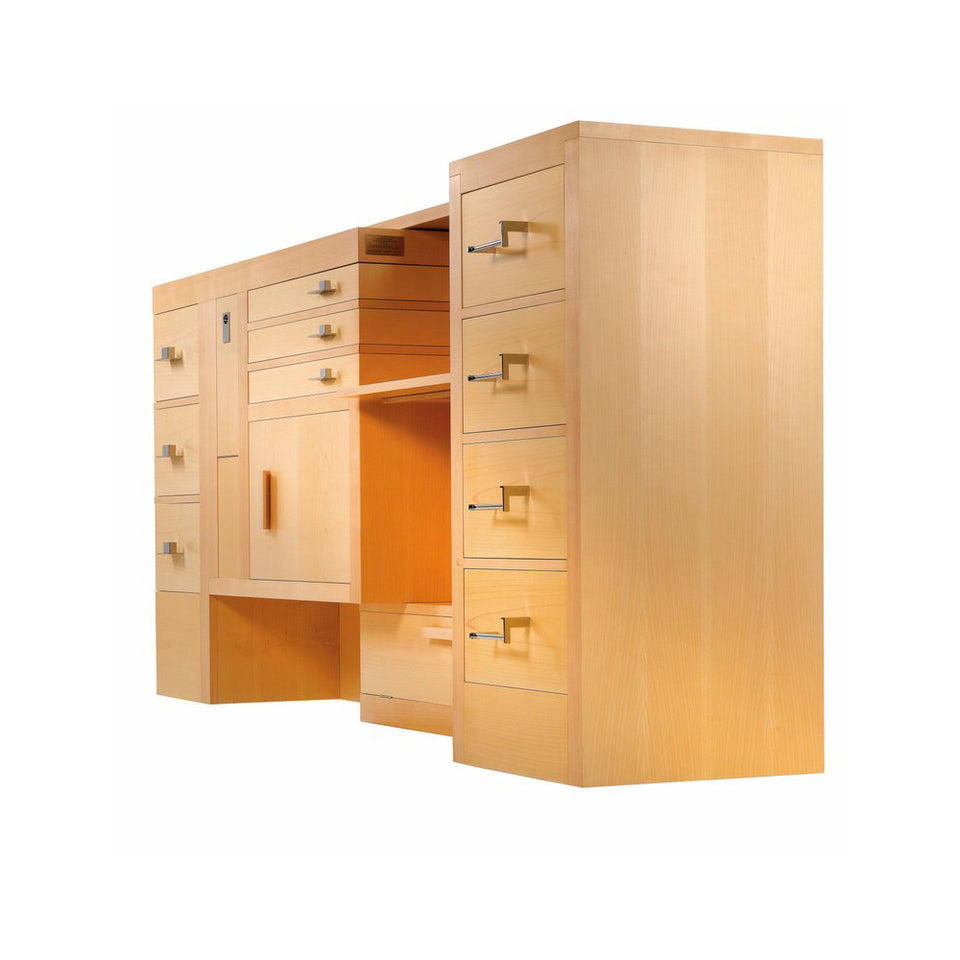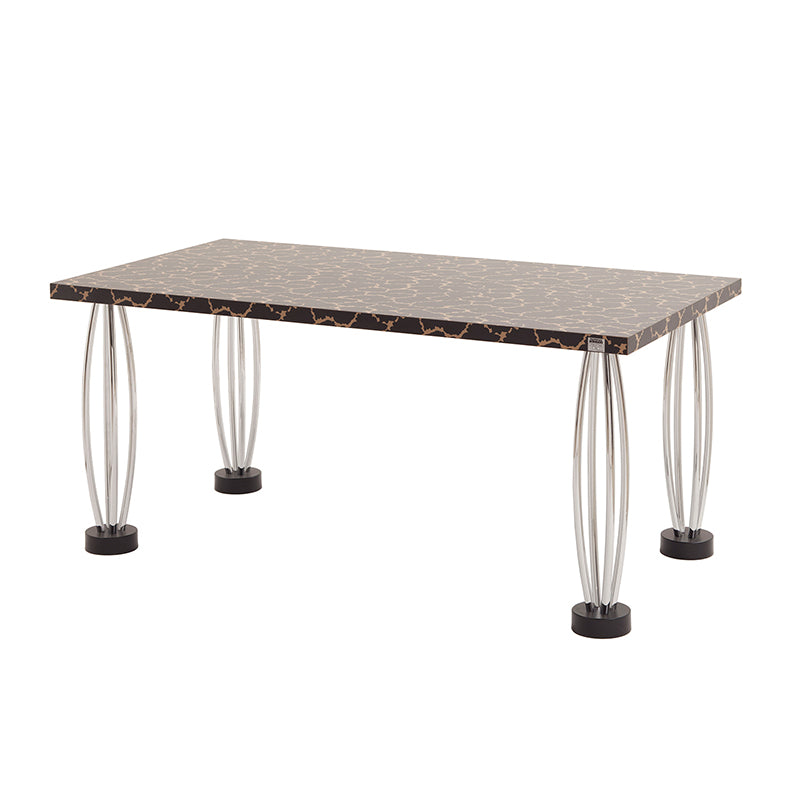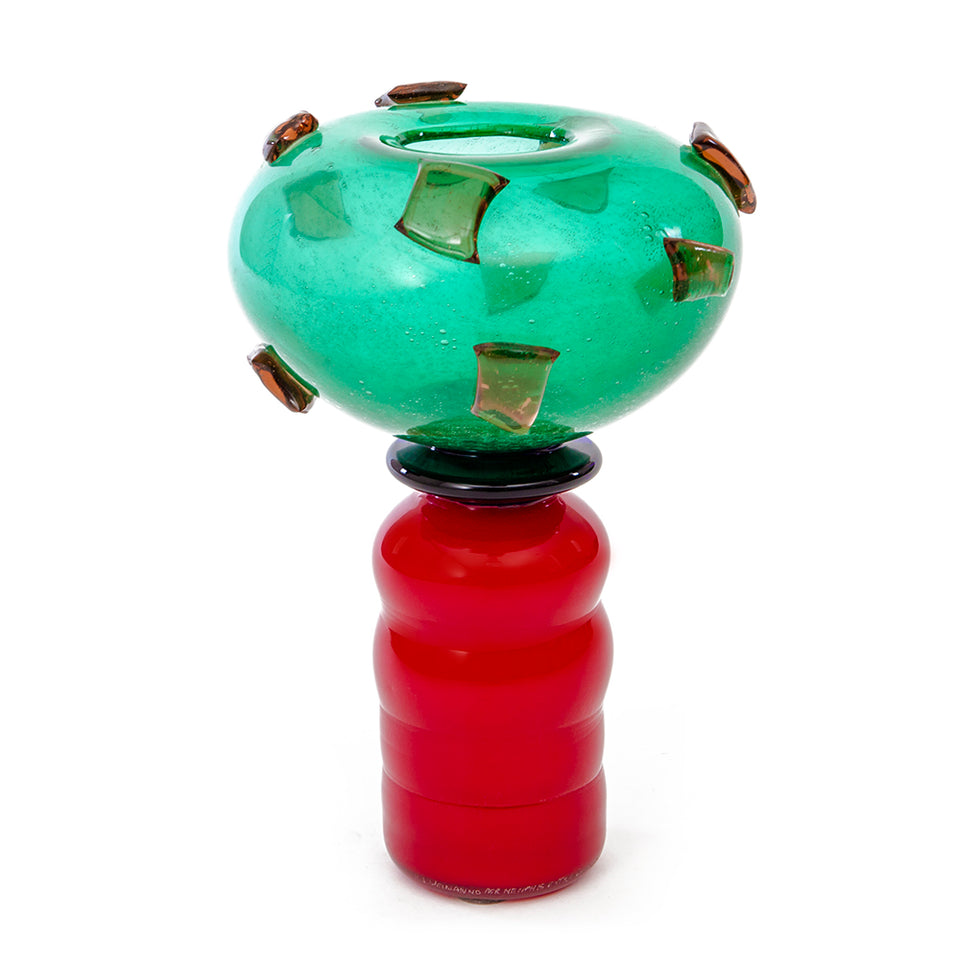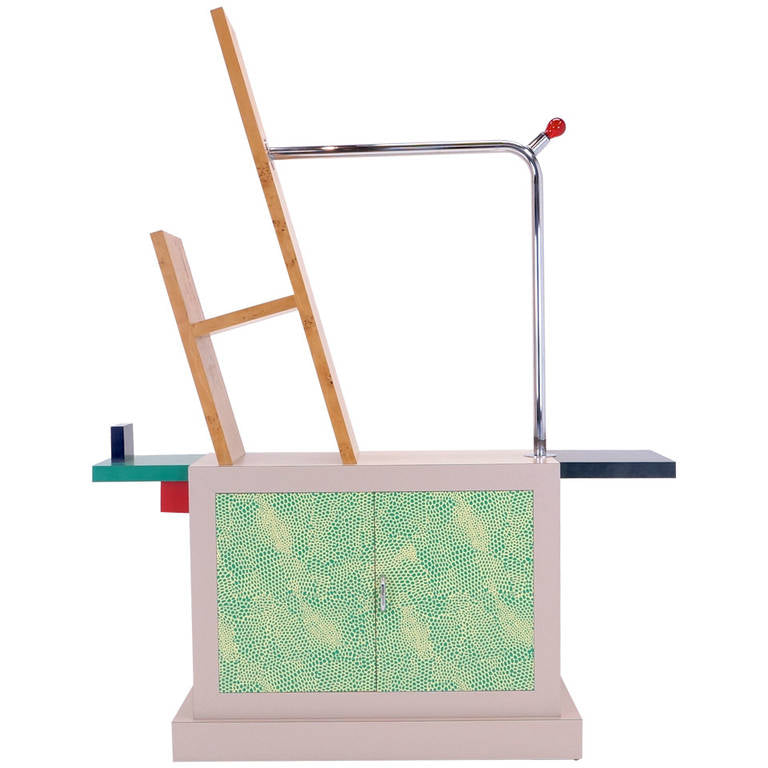Il Museo dell'Arredo Contemporaneo
The Pavilion
In the early ‘90s, Ettore Sottsass and Johanna Grawunder designed the Museum’s entrance pavilion, a building that hosts a mosaic of 45 square meters specially realized for Museo dell’Arredo Contemporaneo. Sottsass become a pivotal figure in the evolution of the Museum, since he started a continuous confrontation with authors and critics of that time, as Ignazio Gardella, Dino Gavina, Lisa Point, Gaetano Pesce, Ron Arad, and many other authors and design companies that thanks to their founders have contributed to the realisation of a theatrical museum in which each stage is a scene, a chapter of a book capable of giving an homogeneous vision, chronological and precise on the main characters of the history.
“The enlargement project of the existing Museum took into account not only the quantitative needs but above all the location of the building in a countryside area that still maintains the greenery, special silences, distant horizons. For this reason we have tried to imagine, near the closed place, another open and organised place to be able to collect sensations and memories concerning the ancient place: we have designed a kind of cloister where you can walk and rest or reconstruct new concentrations.” Ettore Sottsass.
Futurarium
Between 1995 and 1996, the Museum became the venue for Futurarium School, an interdisciplinary experience with Ron Arad, Gaetano Pesce and Johanna Grawunder, along with great names of design fields who during summer stayed in Ravenna and work together with students and with local artisans to create piece of arts, now part of the collection.
Museo del Design 1880-1980
The collection was rediscovered and moved to Milan by Musei Italiani in 2015; the exhibition was presented on the occasion of Expo 2015 at Borsa Italiana’s headquarters “Palazzo Mezzanotte” located in Piazza degli Affari, Milan. In 2021 the collection was brought to the prestigious Tsinghua University Art Museum in Beijing.
Collectible Design
Shop Now
